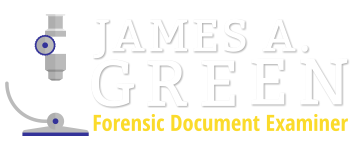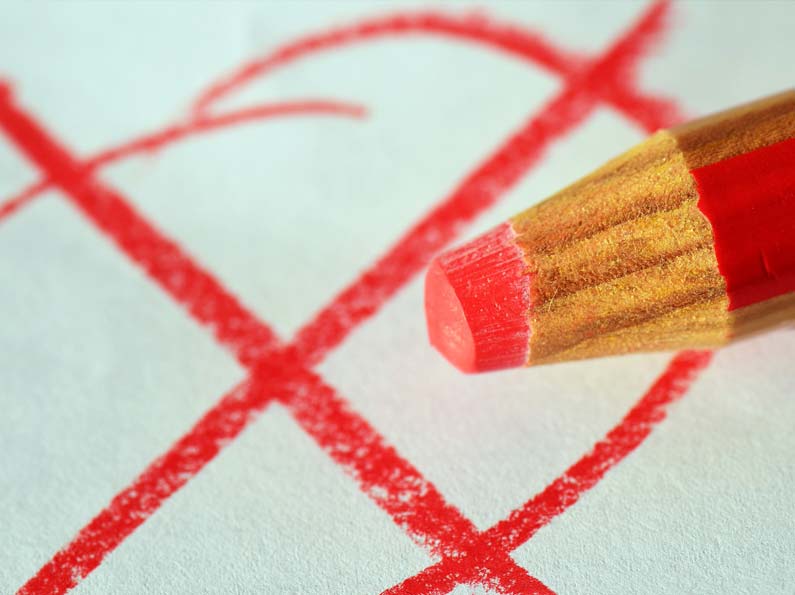Before document examiners can develop an appropriate opinion for his/her client following a signature or handwriting examination, consideration is given to whether the questioned and known specimens relied upon were original or photocopies, the number of known handwriting specimens provided, how closely dated the known specimens were dated to the questioned writing, etc.
Forensic Document Examiners commonly use one of nine opinions related to signature or handwriting comparisons; Identification, Highly Probable (did write), Probable (did write), Indications (did write), Inconclusive, Indications (did not write), Probable (did not write), Highly Probable (did not write), and Elimination.
Although a client would ideally like a black and white answer to their document or signature issue, that is not always possible for the reasons mentioned above. What can you do to help a Forensic Document Examiner obtain the strongest opinion possible in your case? It is not difficult. If you have the original document in question available, submit it for the examination. If the case relates to a signature issue, collect several known signature specimens of the purported writer. The signatures samples should be obtained from approximately the same date as the signature in question.
Communicate with the Forensic Document Examiner you have hired for your case. If the suspected writer was having medical issues around the time the document was signed, it may influence the writer’s motor skill ability. If the writing stance or writing surface was out of the ordinary, make the document examiner aware of it. Writing under the influence of alcohol or drugs may affect writing.

